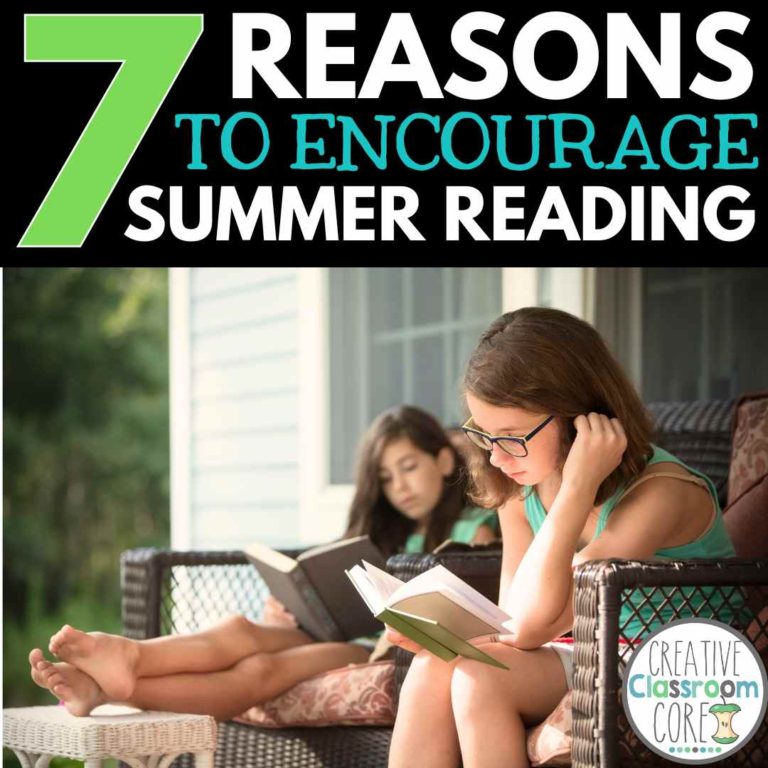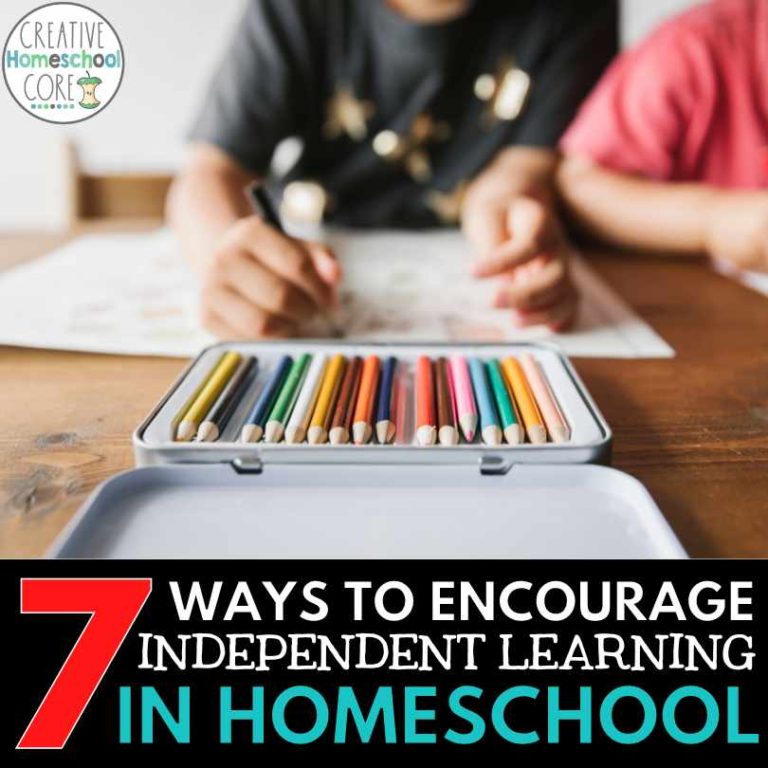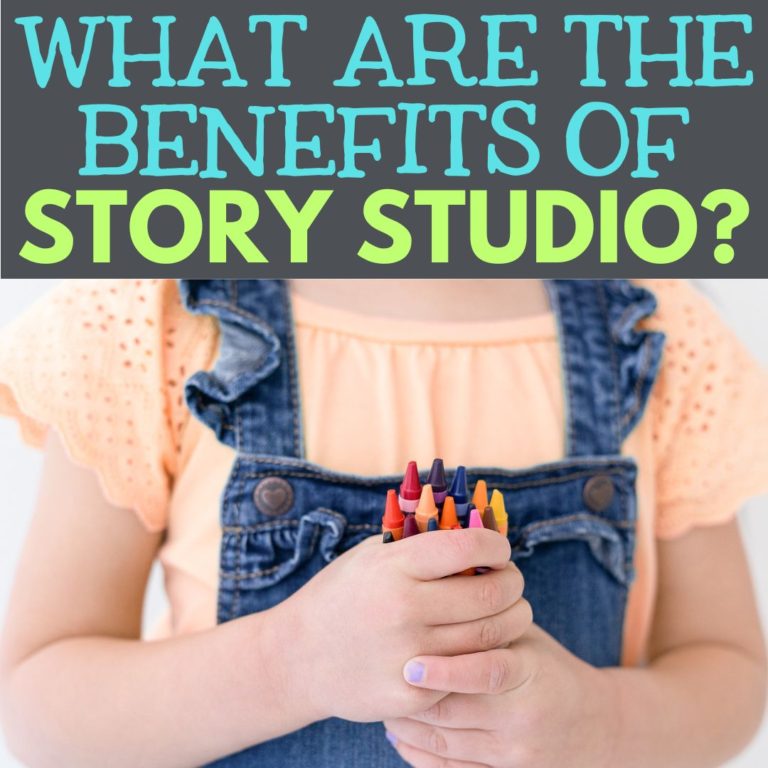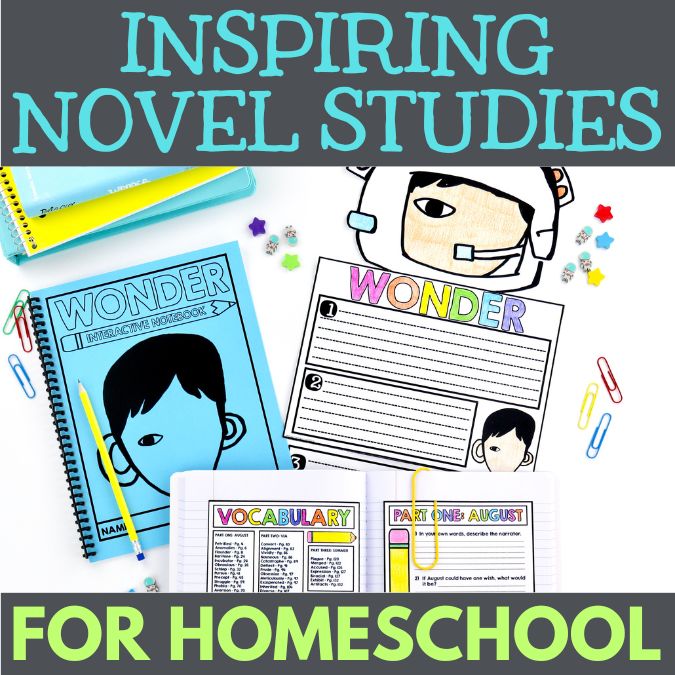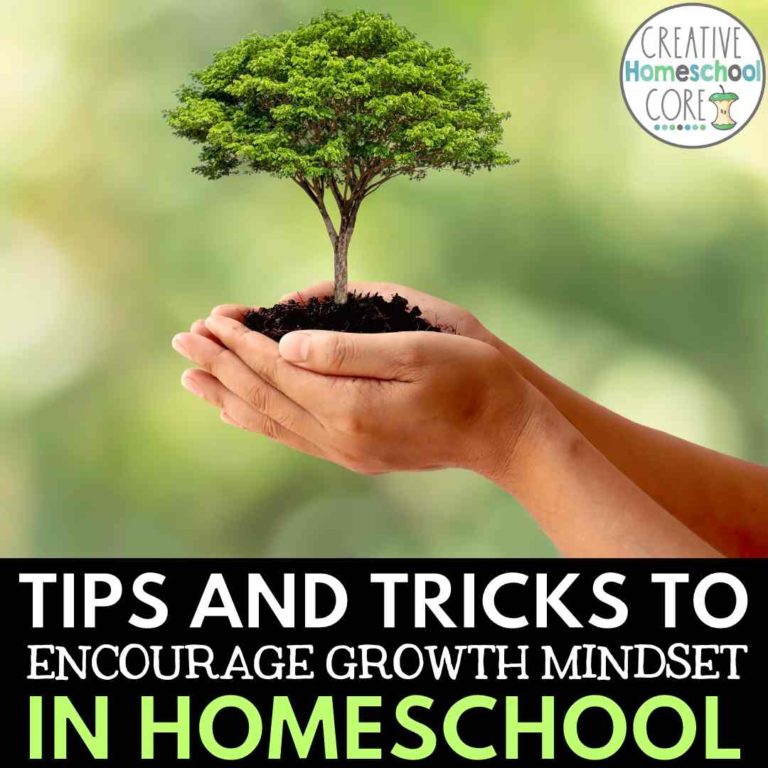What is Story Studio?
Today I’m excited to dive into a teaching strategy that’s near and dear to my heart – Story Studio. It’s a super engaging way for kids to learn literacy skills. This post discusses what it is and how you can use this fun framework with your own learners.
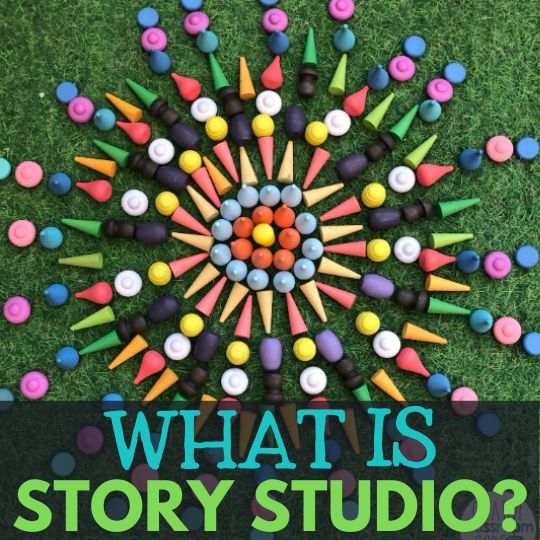
How does story studio work?
Story Studio features a distinctive literacy framework that focuses on expanding students’ knowledge through place-based learning and Reggio Emelia approaches. It allows students to explore stories through hands on loose part activities with energetic curiosity. The Story studio is filled with materials that inspire young learners and encourages them to use their imaginations while constructing stories in creative and interactive ways. With these stimulating activities, the Story Studio approach is an accessible and delightful learning experience for young children to engage in story-telling.
I first encountered Story Studio while researching the schools The Hive in Delta BC, and Opal School in Portland, who were leveraging an approach from the Reggio Emelia philosophy of education to nurture creative story writing. Through their use of loose parts, I was enthralled by how expressive, imaginative and innovative the children became when allowed to be story makers. Seeing their drive to learn new skills and express themselves through story-telling only further convinced me of story studio’s power as a catalyst for learning. If you’re looking to explore this concept more fully, I highly recommend checking out the sites linked above!
How can I use Story Studio at home with my own learners?
The Story Studio framework was originally developed at Opal School and The Hive. It follows the inspire, create, and share framework. According to the University of British Columbia,
“This framework is used to connect experiences in nearby, outdoor places or prior learning experiences to creating a learning story. This framework helps deepen thinking and learning… The Inspire – Create – Share learning cycle affords students the opportunity to transform facts, stories, and teachings into their own story. Through playing and replaying, this process of meaning making becomes their own learning, authentic and embedded in their experiences”.
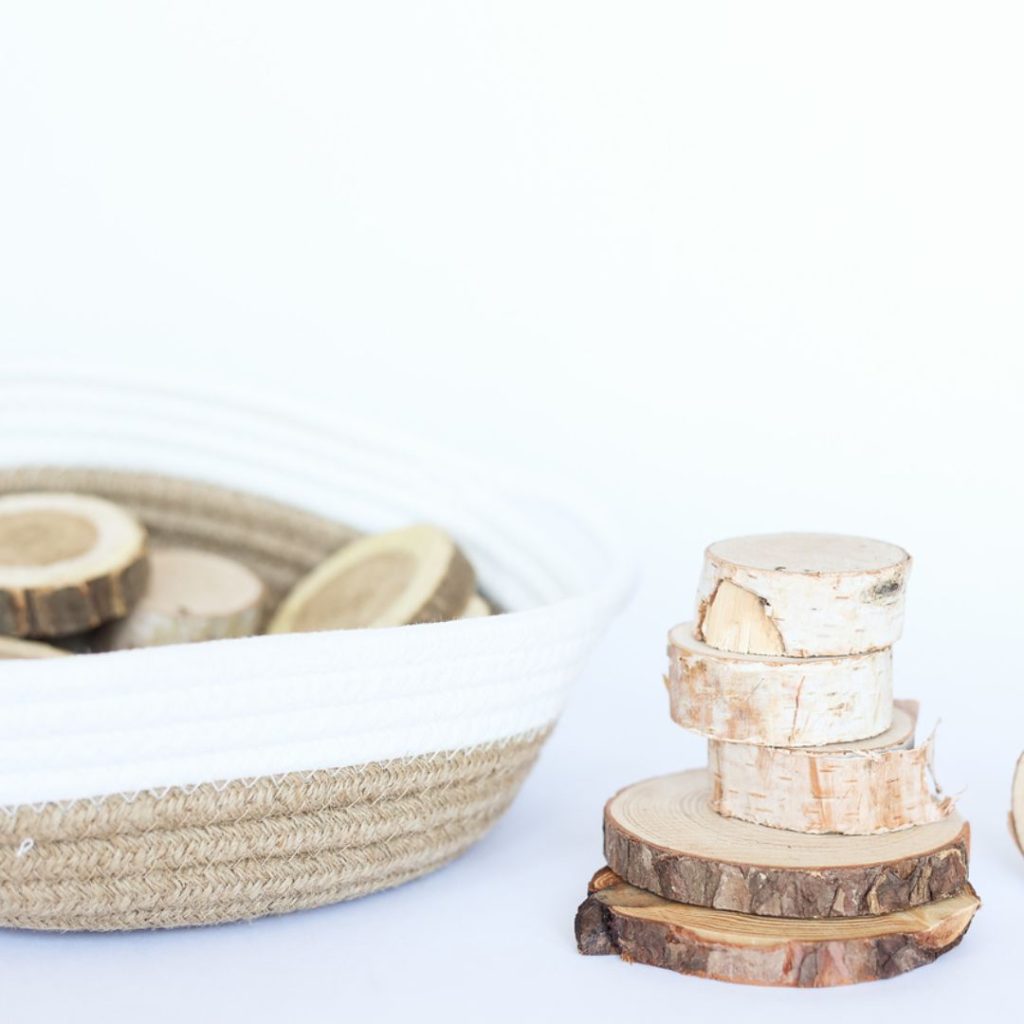
This framework is easily adaptable to the home learning environment, following the ideas laid out below.
Inspire
A Story Studio based lesson begins with inspiration. The teacher provides students with some form of initial instruction meant to inspire story development and construction.
Some ideas include:
-Experience Reflection. This could include reflections on previous homeschool lessons, family outings, or key events in the lives of the learners. For example, learners could reflect on an outing to a local farm by building something they learned through loose parts. Or, learners could reflect upon a holiday break by building and explaining something exciting they did with their families. Alternately, learners could reflect on previous lessons by being asked to “show what they know” about a math, science, or history concept by building with loose parts.
-Outdoor Exploration. This could include structured or free exploration of an outdoor space. For example, learners could be taken on a walking fieldtrip around the neighborhood. Afterwards, they could be asked to represent what they see, hear, smell, and feel through loose parts in the create portion of the lesson.
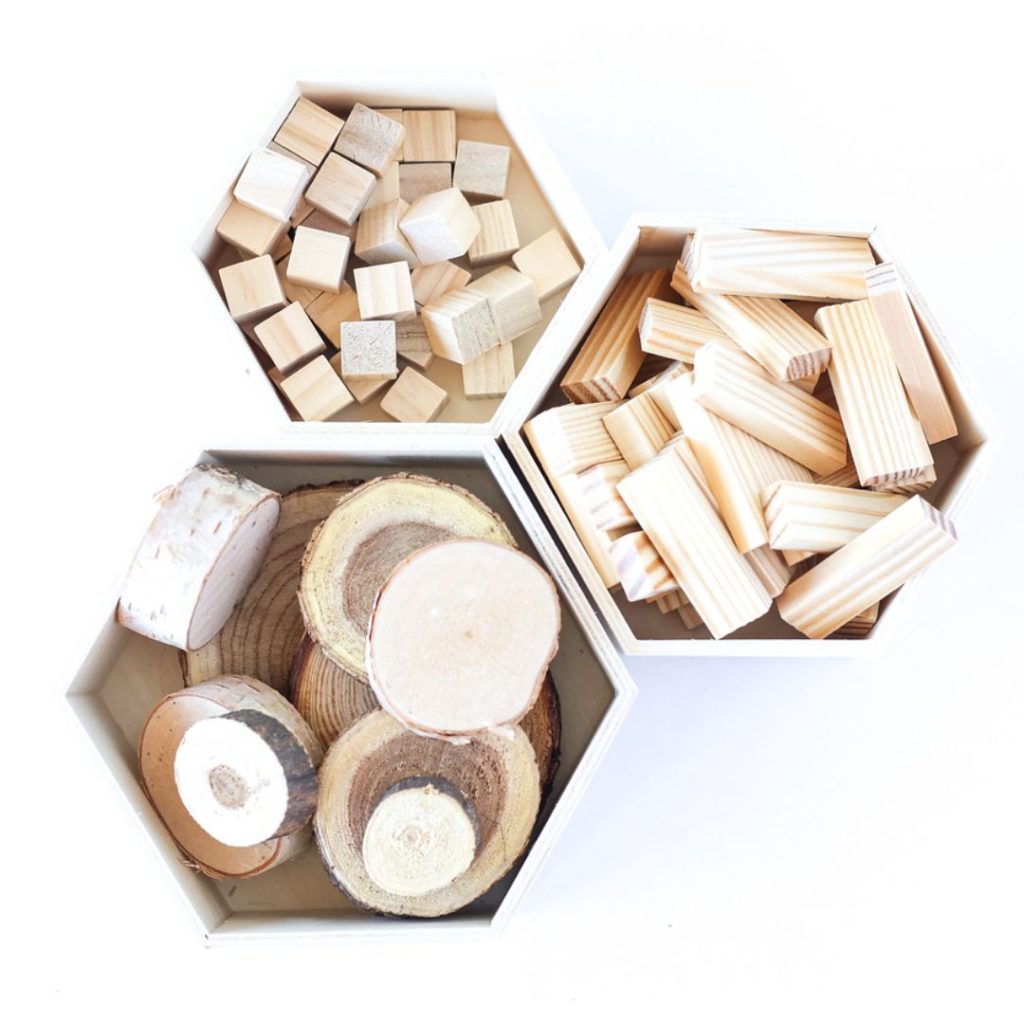
-Reading a picture book aloud. These are often tied directly to curriculum, or focused on a key big idea that you would like learners to explore. For example, students could listen to a read aloud about the water cycle, and then be asked to “show what they know” during the create portion of the lesson. Alternately, learners could listen to a read aloud of a story focused on kindness, and then be asked to reflect upon ways they can show kindness with friends or at home through story building.
CREATE
Now for the fun part! In the “create” portion of the framework, learners construct their stories. Loose parts, story materials, or art supplies are placed in baskets or bins, and learners are given open ended access. Using the pieces, students construct their stories, and are then encouraged to play them out; students can physically move the pieces through their creation, talking through the story as they go.
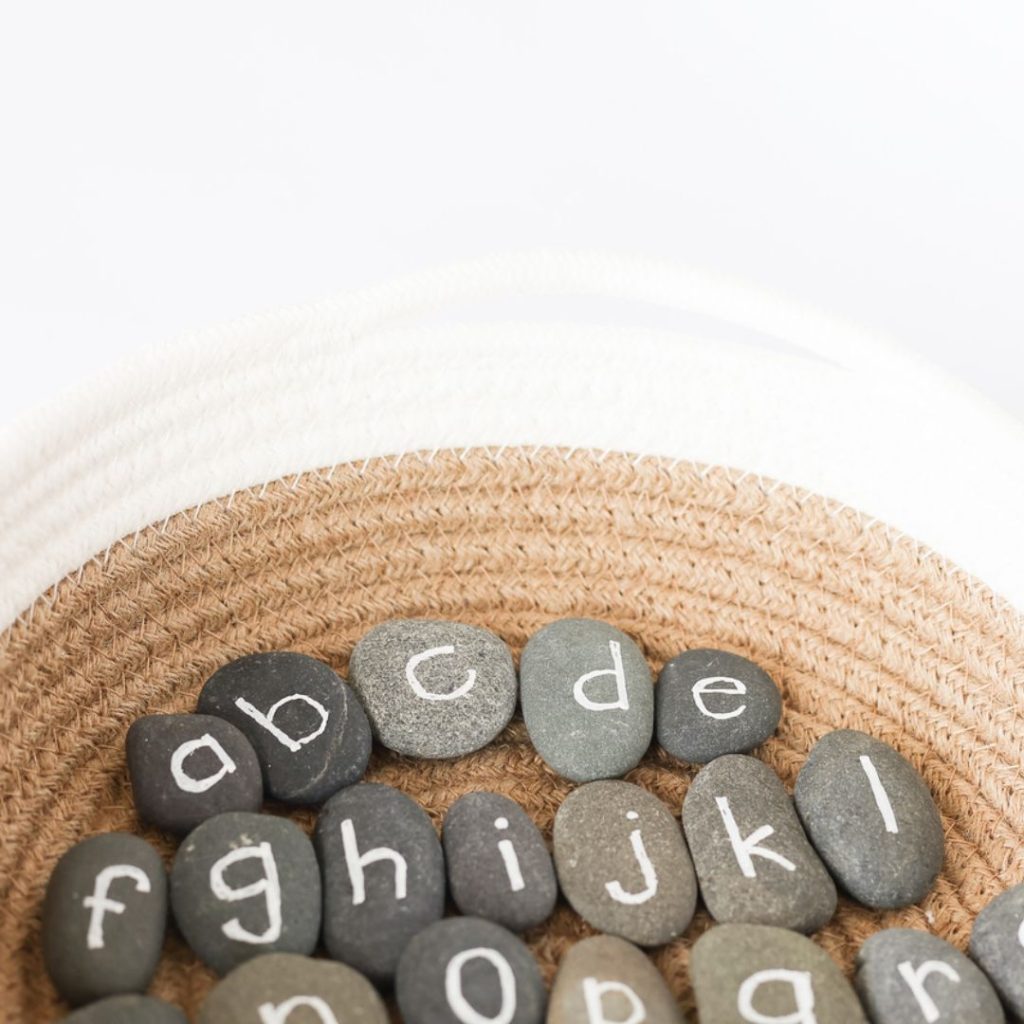
There is a significant amount of higher level thinking that goes on during Story Studio. Learners are required to come up with creative ways to visually represent the pictures they are making in their heads, moving from abstract concepts to concrete ideas.
The materials that learners choose to use serve as prompts when writing or sharing their stories. This helps young authors remember exactly what is going on in the stories they create. Exploring their thinking through loose parts is a key element in story development and brainstorming. It allows learners to think, adapt, and change their stories as they go, working toward a well thought out final product.
Share
This is the point in the framework where students are asked to share their stories orally. This is a great time to record their stories through photographs, videos, or transcriptions. Students can later use this evidence to help them write down and expand upon their stories.
I hope this information helps to inspire your own homeschool lessons. Have you used this framework with your learners? I would love to hear your experiences! Shoot me a message on instagram @creativeclassroomcore22
Looking for more Lesson ideas?
Be sure to check out my Etsy shop by clicking on the button below – I have a wide variety of engaging resources available!
Interested in signing up for my email list?
If you are interested in signing up for my email list, you can do so by clicking on the image below. I periodically send out emails with free resources, teaching tips, and exclusive deals. Signing up will also give you immediate access to some of my best selling Interactive Notebook resources – foldable projects, graphic organizers, and other fun activities.


